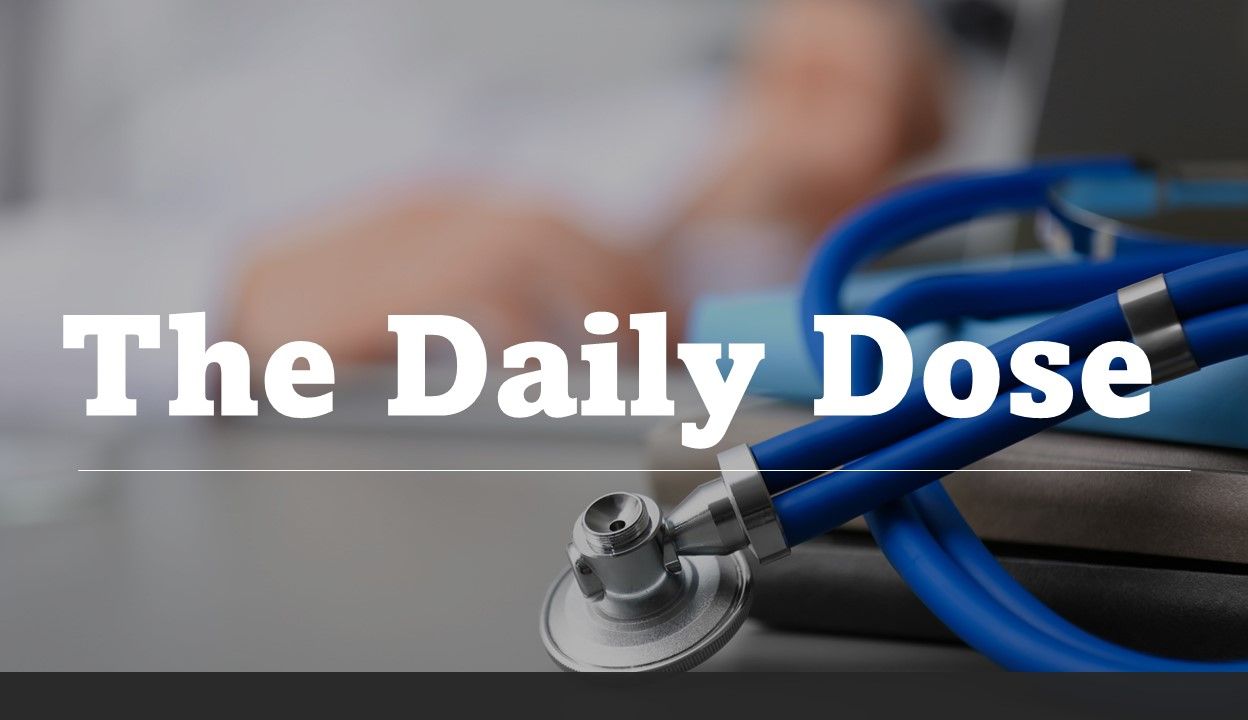- Clinical Technology
- Adult Immunization
- Hepatology
- Pediatric Immunization
- Screening
- Psychiatry
- Allergy
- Women's Health
- Cardiology
- Pediatrics
- Dermatology
- Endocrinology
- Pain Management
- Gastroenterology
- Infectious Disease
- Obesity Medicine
- Rheumatology
- Nephrology
- Neurology
- Pulmonology
HbA1c Greater than 6.0% Raises T2D Risk in Children with Obesity: Daily Dose
©New Africa/AdobeStock

Patient Care brings primary care clinicians a lot of medical news every day—it’s easy to miss an important study. The Daily Dose provides a concise summary of one of the website's leading stories you may not have seen.
Last week, we reported on findings from a study published in JAMA Network Open Pediatrics that assessed type 2 diabetes (T2D) risk by hemoglobin A1c (HbA1c) levels among adolescents with overweight and obesity.
The study
Researchers conducted a retrospective cohort study using electronic health record data from Kaiser Permanente Northern California from January 2010 to December 2019. Eligible participants were aged 10 to 17 years, had a BMI at or above the 85th percentile, a baseline HbA1c of less than 6.5%, and did not have preexisting diabetes.
The final cohort for analysis numbered 74 552, was approximately half women, and had a mean age of 13.4 years. Among them, 26.9% had overweight, 42.3% had moderate obesity, and 30.8% had severe obesity. The majority of participants were Hispanic (43.6%), followed by White (21.6%), Asian or Pacific Islander (17.6%), Black (11.1%), and other or unknown race or ethnicity (6.1%). Just slightly less than one-quarter (22.9%) had baseline HbA1c in the prediabetes range (5.7% to 6.4%).
The findings
During a mean follow-up period of 3.5 years, 0.9% of participants developed diabetes, with 89.7% diagnosed as having T2D. The reported overall incidence of T2D was 2.1 (95% CI, 1.9-2.3) per 1000 person-years, and the 5-year cumulative T2D incidence was 1.0% (95% CI, 0.9%-1.1%).
Researchers found that compared with those who had a baseline HbA1c level less than 5.5%, those with HbA1c between 6.3% and 6.4% were 72 times more likely to develop T2D. The risk for T2D was 23-fold for those with HbA1c levels of 6.1% to 6.2% and 9-fold among those with HbA1c from 5.9% to 6.0%. Investigators observed that risk varied by age, sex, BMI, and race and ethnicity.
Authors' comment
"T2D surveillance in adolescents should be primarily based on HbA1c but should also consider these other risk factors when optimizing prevention strategies for those at highest risk. Research is needed to determine which interventions (eg, lifestyle intervention, pharmacotherapy, or other treatment) are most effective in preventing progression to T2D among those at highest risk."
Related Content
Obesity Linked to Faster Alzheimer Disease Progression in Longitudinal Blood Biomarker Analysis
December 2nd 2025Article
Biomarker trajectories over 5 years in study participants with AD show steeper rises in pTau217, NfL, and amyloid burden among those with obesity, highlighting risk factor relevance.
